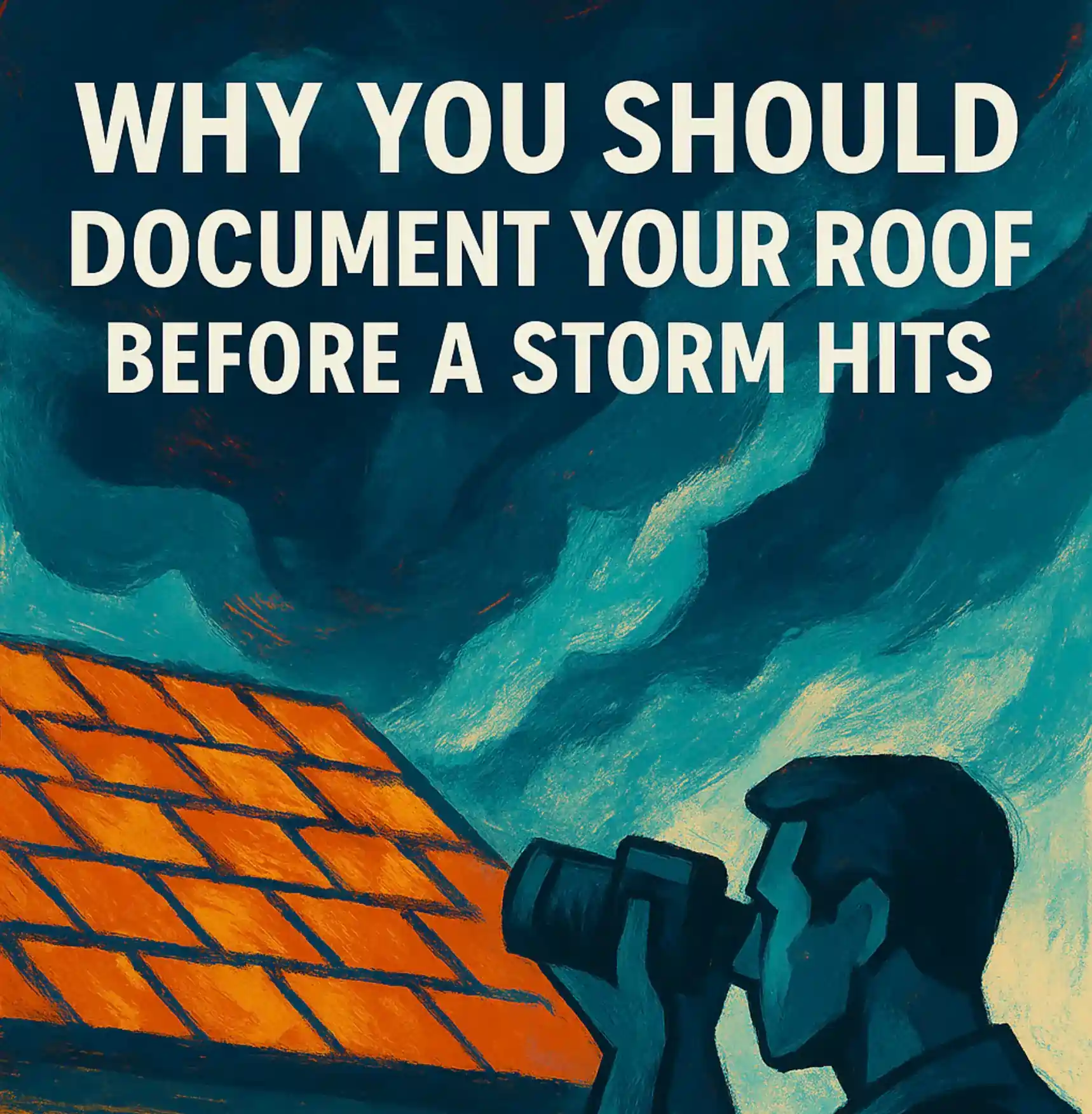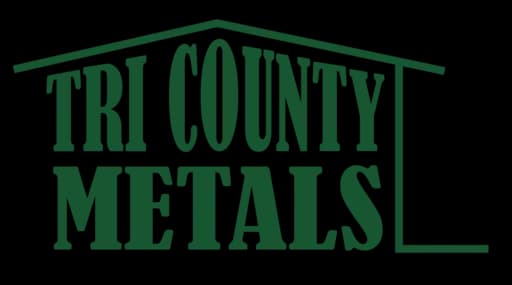Building a Roof? 7 Eco-Friendly Roofing Options for Florida Homes
Building a roof on your home? It can be a struggle to pick because of all the options. You want something that won’t hurt your wallet but is also sturdy enough to keep it over your head for a long time.
You may also want something that’s more energy efficient because not only will that keep your power bill down, but it makes mother nature smile as well. Having a roof that’s sustainable will also make you feel good as a person.
Just in case you’re having issues choosing, here are a few eco-friendly roofing options that you can build a roof out of and their various pros and cons.
Take the first step
Schedule a fast, no-pressure visit. Since 1987 we’ve got you covered.
Get started1. White Roof
A white roof of any material is also known as a cool roof—and for good reason. The color white tends to reflect the sun’s rays away from your home, thus cooling it. This means the inside of your home will stay nice and comfortable during the summer so you won’t have to run your air conditioning as much. So, going with this option allows you to save a little bit on your power bill.
The most common material you’ll find of the white shingle variety is asphalt. They are also one of the most inexpensive eco-friendly roofing options. The only problem is that while it’s energy efficient, it’s still made of a material that is impossible to recycle later on.
If you really want to be eco-friendly, instead of going with the asphalt option, consider white metal. It might be a little more expensive, but it’s better for the environment and has the same effect. Learn more about cool roof technology from the U.S. Department of Energy.
2. Standing-Seam Metal Roof
Speaking of metal roofs, standing-seam metal roofs are extremely durable and repel the sun’s rays just like white roofs do. Metal rooftops are also recyclable later and you can buy ones that are made out of recycled material.
Again, metal rooftops are a little more expensive than asphalt ones. If you live in an area that gets a lot of snow, it might not be the best option, as the snow slides off the roof and creates piles around your home.
3. Recycled Shingles
A large number of shingles available today are made out of recycled materials like wood, plastic, and rubber. Perhaps the best thing about recycled shingles is that even though they’re made of reclaimed materials, they’re durable and attractive.
They aren’t as light reflective as metal or white roofs because they don’t typically come in white. This means they don’t have as big of a cooling factor. This might change over time as designs evolve.
4. Reclaimed Clay or Slate
Clay and slate are both beautiful, durable materials. They can last over a hundred years and give your home a sophisticated, Spanish-inspired look. While most of the time you’ll find these in red, lighter shades are available to take advantage of cooling benefits.
However, they’re typically expensive and heavy. Your roof may need extra reinforcement, which means added installation cost. Maintenance is also more frequent due to chipping. But if you can manage the upfront investment, you may never have to replace your roof again.
5. Sustainable Wood Shingles
Wood shingles are completely natural and biodegradable. To go the extra mile, source wood from sustainably managed forests certified by organizations like the Forest Stewardship Council (FSC). They also give your home a charming, classic appearance.
Keep in mind that wood is flammable, making it unsuitable for areas with high wildfire risk. It’s also more costly and less durable than metal alternatives.
6. Solar Panels
At one time, solar panels were too expensive for most homeowners. But prices have dropped significantly. Solar panels not only reduce your energy bills, but they also align perfectly with your eco-conscious values.
That said, installation is still pricey, and the payoff may take years. If you plan to move in the near future, solar may not be the best financial decision—but it’s an outstanding one for sustainability.
7. Green Roof
Green roofs provide natural insulation, reduce stormwater runoff, and improve air quality. They’re also visually stunning and contribute to urban biodiversity.
Installation costs can be high, especially if the roof requires reinforcement. Maintenance is also more involved, and contractors may need to access underlying components through the vegetation. If you go this route, be prepared for regular upkeep.
Building a Roof That Mother Nature Will Approve Of
It can be a struggle deciding what material to use when building a roof. There are a lot of options available, but only a few of them are truly eco-friendly. You also have to factor in your budget and the expected lifespan of your choice.
Use this guide on eco-friendly roofing options to help you make an informed decision. Once your new roof is installed, don’t forget to take steps to protect your investment. Start with these 5 tips to extend the life of your roof.
Want help deciding what’s best for your Florida home? Contact the pros at SonShine Roofing—we’re here to help you make the sustainable choice.















